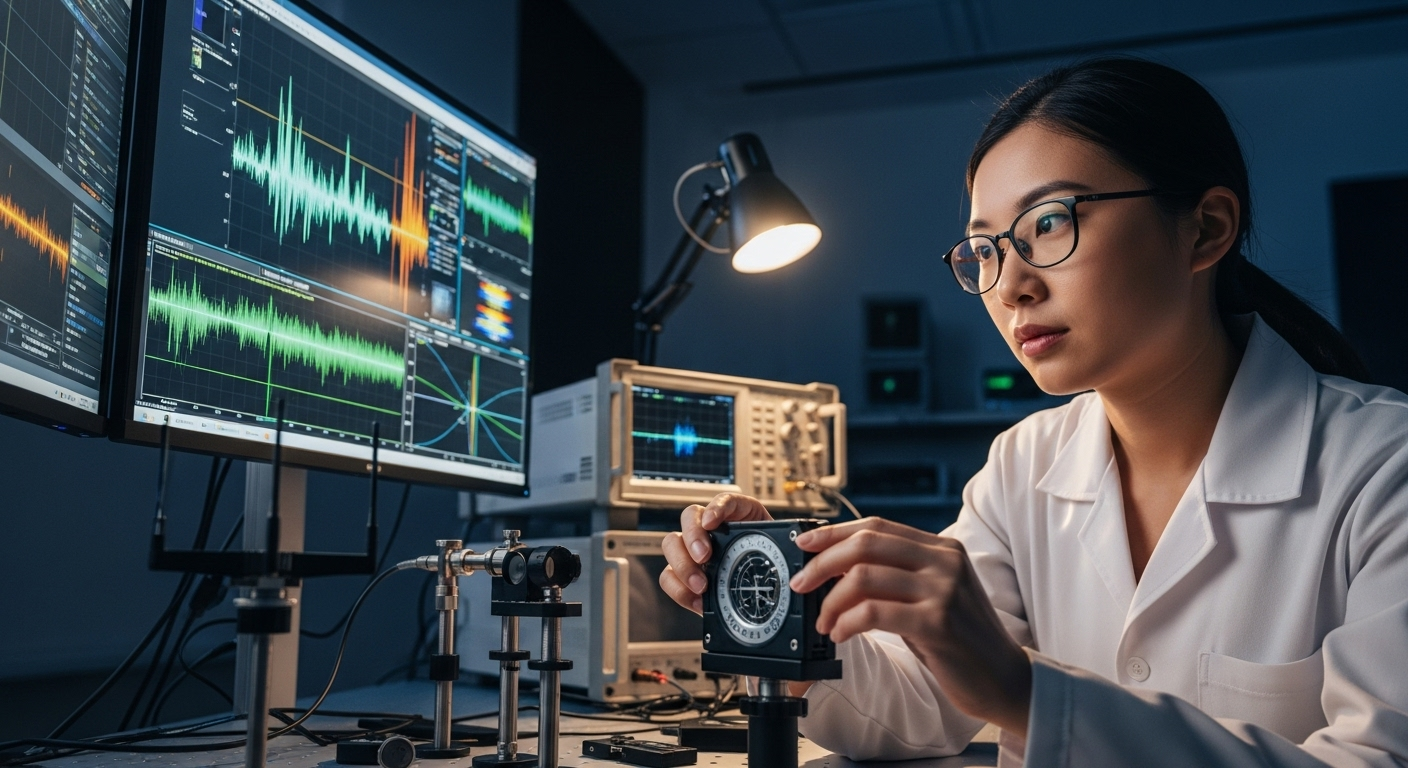Liquidity Detection: Methods, Instruments, and Workflow
Liquidity detection refers to techniques and tools used to determine whether a material is liquid, to characterize its fluid properties, or to detect the presence and behavior of liquids in a system. Applications range from laboratory experiments and manufacturing quality control to environmental monitoring. This article explains common scientific approaches, typical instruments, sample handling practices, and how data are processed by computer systems to produce reliable results.

What is liquidity detection in scientific settings?
In scientific contexts, liquidity detection identifies whether a specimen behaves as a liquid and quantifies properties such as viscosity, surface tension, or phase changes. Researchers set clear criteria—flow under gravity, ability to form droplets, or measurable shear responses—then use controlled protocols to reduce ambiguity. Liquidity detection can be qualitative (visual observation) or quantitative (rheometry). Ensuring repeatability requires calibrated instruments, standardized sample volumes, and documented environmental conditions so results can be compared across experiments or labs.
How does a sensor detect liquid?
Sensors for liquid detection rely on physical changes caused by the presence of fluid. Common sensor types include capacitive sensors that measure dielectric differences, optical sensors that detect light transmission or reflection changes, ultrasonic sensors that sense acoustic impedance, and pressure sensors that register hydrostatic changes. Each sensor type has trade-offs: optical sensors work well for clear samples, while capacitive sensors detect conductive or high-dielectric fluids. Proper sensor selection and calibration are essential to avoid false positives from condensation, splash, or nearby materials.
How is a pipette used in sample handling?
Pipettes are primary tools for transferring precise liquid volumes and ensuring consistent sample preparation. In liquidity detection workflows, a pipette can deposit a defined droplet onto a sensor surface, withdraw a sample for analysis, or create serial dilutions for method validation. Using the correct pipette tips, avoiding air bubbles, and performing regular calibration of pipette accuracy help reduce variability. Training users on technique—pre-rinsing tips, consistent plunger speed, and correct immersion depth—improves reproducibility when preparing samples for downstream sensing or instrument measurement.
What role does a computer play in analysis?
Computers automate data capture, run signal-processing algorithms, and visualize results from liquidity-detection instruments. Embedded microcontrollers collect raw sensor outputs and apply filters or thresholding; more powerful computers run statistical analyses, apply machine-learning models, or compare measurements to reference datasets. Software can log environmental parameters, timestamp events, and generate audit trails for regulated settings. While automation speeds analysis, human oversight remains important for interpreting ambiguous signals and reviewing calibration histories to ensure measurement integrity.
How are samples prepared for liquidity detection?
Sample preparation affects both the accuracy and interpretability of liquidity measurements. Preparation steps commonly include homogenization to remove particulates, temperature equilibration to control viscosity, filtration to eliminate debris, and use of solvent blanks or controls. For biological or chemical samples, preserving agents or handling under inert atmospheres may be necessary to prevent degradation. Adequate labeling, use of clean vessels, and consistent sample volumes contribute to reliable detection. Pre-analysis checks—such as verifying absence of bubbles, stratification, or phase separation—reduce measurement artifacts.
Conclusion
Liquidity detection brings together careful sample handling, appropriate sensors, precise tools such as pipettes, and computer-based analysis to provide reliable information about fluid presence and properties. Selecting the right sensor technology and preparing samples consistently are crucial steps that reduce uncertainty. Calibration, validation with known references, and maintaining good laboratory practices help ensure that measurements reflect true material behavior rather than experimental artifacts. As instruments and software evolve, integrating clear protocols and transparent data records remains the foundation of trustworthy liquidity detection.






